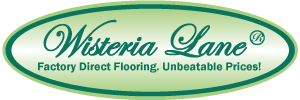Sycamore
Scientific Name:
Platanus occidentalis
Other Names and Species:
American Planetree
Buttonball Tree
Buttonwood
Planetree
Origin:
Canada and Northern to Mid-Southern America
Appearance:
The sapwood of sycamore ranges from white to light yellow to reddish-brown or flesh-colored, while the heartwood ranges more towards light to dark brown in color. The species has an interlocked and irregular grain, and is fine and even in texture.
Properties:
Sycamore has a poor resistance to decay, and as such should be treated and placed appropriately. The wood is reported to have no odor. Sycamoree is diffuclt and time consuming to dry properly as it shrinks and occassionally warps.
Janka Hardness: 770
As a flooring option, sycamore falls on the lower end of the Janka hardness scale. It is between longleaf and shortleaf southern pine in hardness, is forty-three percent softer than white oak, about forty-seven percent softer than wenge, and is only thirty-five percent as hard as santos mahogany’s ranking of 2200.
Workability:
Sycamore can be slightly difficult to saw properly without tearing rays. Pre-boring is suggested in thinner pieces yet the wood holds nails well once applied. Glue holds satisfactorily well with sycamore flooring. This species requires some care to sand and polish properly.
Principal Uses:
Sycamore’s uses include flooring, building materials, vaneer, paneling, packing cases, and wanescoating.


